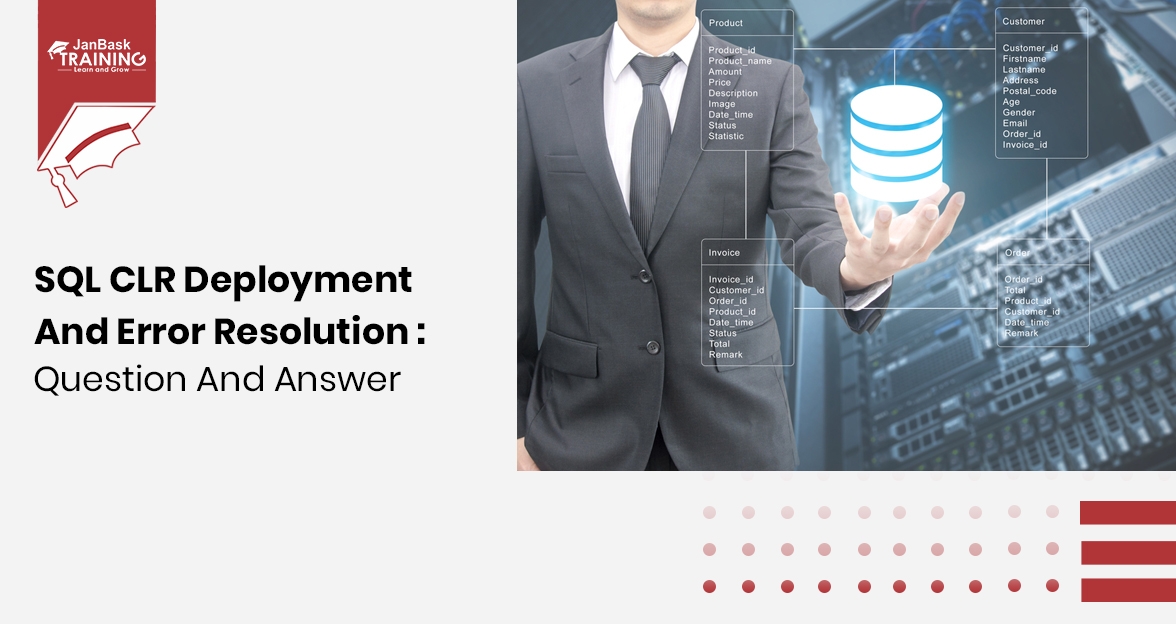 Grab Deal : Upto 30% off on live classes + 2 free self-paced courses - SCHEDULE CALL
Grab Deal : Upto 30% off on live classes + 2 free self-paced courses - SCHEDULE CALL

 Grab Deal : Upto 30% off on live classes + 2 free self-paced courses - SCHEDULE CALL
Grab Deal : Upto 30% off on live classes + 2 free self-paced courses - SCHEDULE CALL

Ans: The Snapshot Isolation Level is a feature introduced in SQL Server 2005 to address issues with application architectures where even small transactions can become problematic or transactions that modify large amounts of data cannot be kept short in duration. This isolation level provides consistent reads without causing blocking.
Transactions running under snapshot isolation do not create shared locks on the rows being read. Repeated requests for the same data within a snapshot transaction yield the same results, ensuring repeatable reads without blocking. This combines the responsiveness of reading uncommitted data with the consistency of repeatable reading.
Ans: The Snapshot Isolation Level utilizes the tempdb database to store previously committed versions of rows, enabling nonblocking, repeatable read behavior. When a transaction writes data, other transactions that started before the current transaction and have already read the previous version will continue to read it from tempdb. This allows the write to occur without blocking, and other transactions will see the new version. However, enabling snapshot isolation adds overhead to the tempdb database, so it should be used judiciously.
To enable snapshot isolation level in SQL Server, you can use the following statement:
ALTER DATABASE MyDB SET ALLOW_SNAPSHOT_ISOLATION ON
Once snapshot isolation is enabled for a database, you can use it on independent connections using the SET TRANSACTION ISOLATION LEVEL statement:
SET TRANSACTION ISOLATION LEVEL SNAPSHOT
To learn more about the Snapshot Isolation Level, consider taking an SQL online class.
Ans: The Read Committed Snapshot Isolation Level is a variation of snapshot isolation that aims to prevent writers from blocking readers. It provides data from a previously committed version, ensuring repeatable reads throughout the transaction. However, it reduces some of the overhead and bookkeeping associated with snapshot isolation.
With Read Committed Snapshot Isolation, data consistency is ensured for the duration of a read query within a transaction, but not for the entire transaction that contains the reader. This means that readers are not blocked, and they can either see a previous state of data (before any write operations) or a new state of data (after write operations), depending on the state of other concurrently running transactions.
Ans: To enable the Read Committed Snapshot Isolation Level at the database level, you can use the following T-SQL command:
USE master GO ALTER DATABASE MyDB SET READ_COMMITTED_SNAPSHOT ON
Note:- The USE master statement is used to exit the MyDB database before executing the ALTER statement. The ALTER statement will wait until there are no active connections to MyDB before applying the change.
Once the Read Committed Snapshot Isolation Level is enabled for a table, all queries using the read committed isolation level will behave like snapshots. However, this isolation level does not allow for repeatable reads throughout a transaction.
Ans: There is a slight mismatch between the isolation levels stated in ADO.NET, which is a general data access technology supporting multiple databases, and the isolation levels defined in SQL Server. ADO.NET supports other databases like Oracle in addition to SQL Server, so the isolation levels need to be generalized.
Ans: The isolation levels defined in ADO.NET 2.0 under the System.Data.IsolationLevels enumeration are as follows:
SQL Server Training & Certification

Ans: You can declare an isolation level for an explicit ADO.NET transaction as a parameter to the BeginTransaction method. For example:
SqlTransaction tran = conn.BeginTransaction(IsolationLevel.ReadUncommitted);
In this case, any SqlCommand with the Transaction property set to tran will ignore exclusive locks and allow dirty reads on data held by other transactions.
Ans: Implicit ADO.NET transactions are recommended over explicit ones. To set the isolation level for implicit ADO.NET transactions, create a new TransactionOptions object and set its IsolationLevel property to the required catalog value. Then pass the TransactionOptions object to the TransactionScope object's constructor. For example:
var tso = new TransactionOptions();
tso.IsolationLevel = IsolationLevel.ReadUncommitted;
using (var ts = new TransactionScope(tso))
{
// ... update data
// ... update data
ts.Complete();
}
In this blog post, we delved into two crucial isolation levels in SQL Server - Snapshot Isolation Level and Read Committed Snapshot Isolation Level. We saw that the Snapshot Isolation Level provides consistent reads without causing blocking and combines the responsiveness of reading uncommitted data with the consistency of repeatable reading. On the other hand, the Read Committed Snapshot Isolation Level ensures data consistency for read queries within a transaction without blocking readers.
To use these isolation levels, we explored how to enable them at the database level using T-SQL commands. We also learned about setting isolation levels explicitly for ADO.NET transactions and implicitly for ADO.NET transactions using the TransactionScope object.
Additionally, we discussed the differences between isolation levels defined in ADO.NET and SQL Server, which are important to consider when working with different databases.
If you want to strengthen your understanding of isolation levels, their impact on locking, and how to choose the most suitable level for your database scenarios, we recommend joining an SQL online class. Building a solid foundation in this area will enhance your ability to design and manage robust, high-performing database systems.

SQL Server MERGE Statement: Question and Answer


Mastering INSERT and OVER DML Syntax: Interview Questions Guide

SQL CLR Deployment and Error Resolution: Question and Answer

Cyber Security

QA

Salesforce

Business Analyst

MS SQL Server

Data Science

DevOps

Hadoop

Python

Artificial Intelligence

Machine Learning

Tableau
Download Syllabus
Get Complete Course Syllabus
Enroll For Demo Class
It will take less than a minute
Tutorials
Interviews
You must be logged in to post a comment